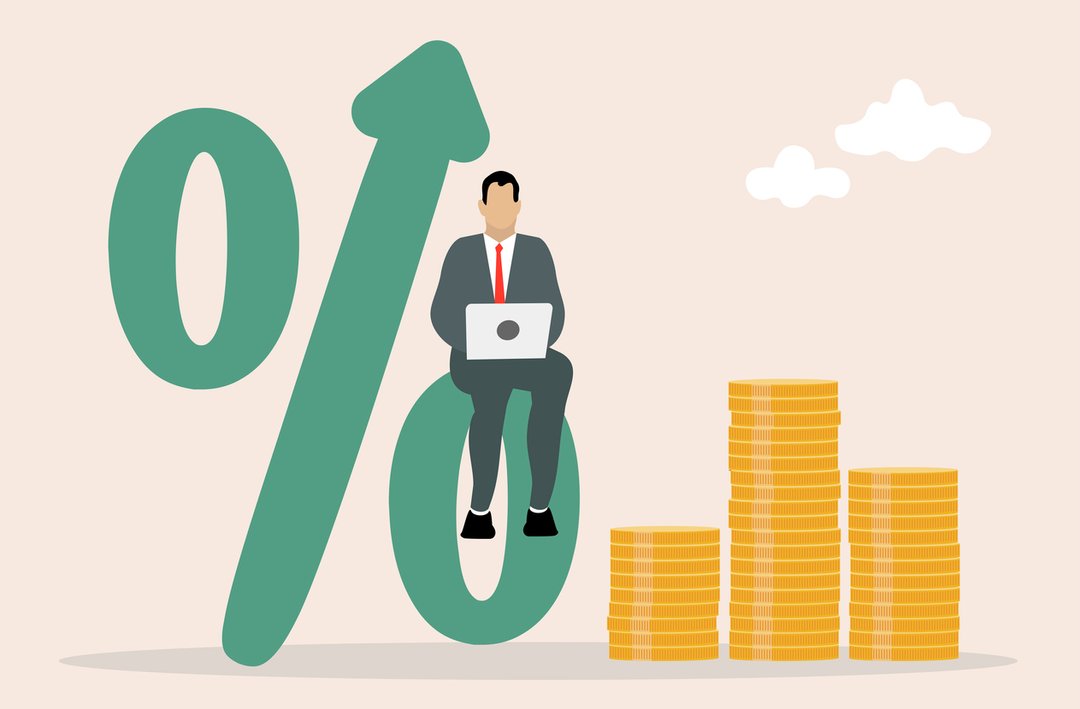By Tara Siegel Bernard
May 5, 2023
As the Federal Reserve has steadily lifted its key interest rate over the past year, Americans have seen the effects on both sides of the household ledger: Savers benefit from higher yields, but borrowers pay more.

iStock image
Here’s how rising rates affect consumers.
Credit Cards
Credit card rates are closely linked to the Fed’s actions, so consumers with revolving debt can expect to see those rates rise, usually within one or two billing cycles. The average credit card rate was just over 20% as of April 26, according to Bankrate.com, up from around 16% in March last year, when the Fed began its series of rate increases.
Car Loans
Car loans tend to track the five-year Treasury note, which is influenced by the Fed’s key rate — but that’s not the only factor that determines how much you’ll pay.
A borrower’s credit history, the type of vehicle, loan term and down payment are all baked into that rate calculation. The average interest rate on new-car loans was 7% in March, according to Edmunds, up nearly a percentage point from six months earlier.
Student Loans
Whether the rate increase will affect your student loan payments depends on the type of loan you have.
The rate for current federal student loan borrowers isn’t affected because those loans carry a fixed rate set by the government. The Biden administration’s program to cancel up to $20,000 in federal loans has been blocked by legal challenges that recently reached the Supreme Court; the court heard arguments in February and is expected to reach a decision in coming months.
But new batches of federal loans are priced each July, based on the 10-year Treasury bond auction in May. Rates on those loans have already jumped: Borrowers with federal undergraduate loans disbursed after July 1 (and before July 1, 2023) will pay 4.99%, up from 3.73% for loans disbursed the year-earlier period.
Borrowers of private student loans should also expect to pay more: Both fixed- and variable-rate loans are linked to benchmarks that track the federal funds rate. Those increases usually show up within a month.
Mortgages
Rates on 30-year fixed mortgages don’t move in tandem with the Fed’s benchmark rate, but instead generally track the yield on 10-year Treasury bonds, which are influenced by a variety of factors, including expectations around inflation, the Fed’s actions and how investors react to all of it.
After climbing above 7% in November, for the first time since 2002, mortgage rates dipped close to 6% in February before drifting back up to 6.4% last week, according to Freddie Mac. The average rate for an identical loan was 5.1% the same week in 2022.
Other home loans are more closely tethered to the Fed’s move. Home equity lines of credit and adjustable-rate mortgages — which each carry variable interest rates — generally rise within two billing cycles after a change in the Fed’s rates.
Savings Vehicles
Savers seeking a better return on their money will have an easier time — yields have been rising, but not uniformly.
An increase in the Fed’s key rate often means banks will pay more interest on their deposits, though it doesn’t always happen right away. They tend to raise their rates when they want to bring more money in, and recent turmoil in the financial industry may push banks to raise rates to convince anxious depositors to keep money in their accounts.
Rates on certificates of deposit, which tend to track similarly dated Treasury securities, have been ticking higher. The average one-year CD at online banks was 4.7% at the start of April, up from 0.7% a year earlier, according to DepositAccounts.com.
c.2024 The New York Times Company






